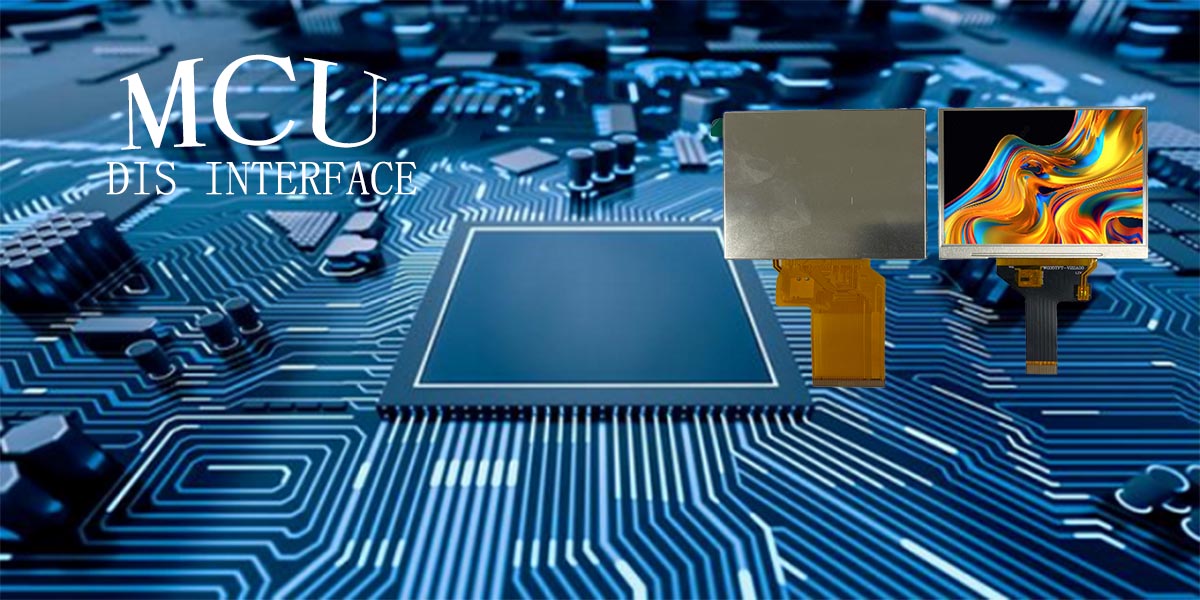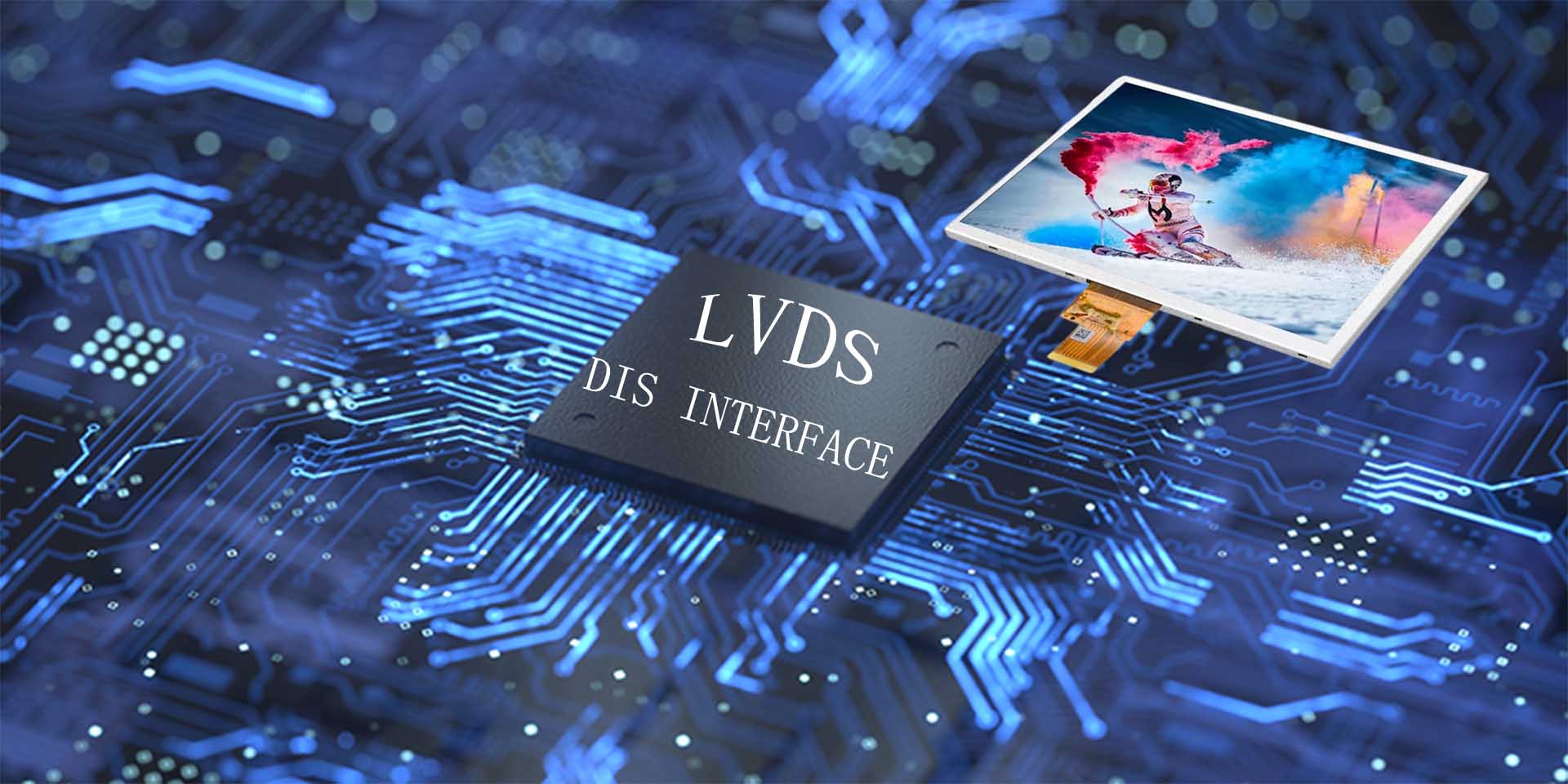TFT (Thin Film Transistor) LCD displays use various interfaces to transmit signals from the controller to the display module. These interfaces are designed to meet different performance and compatibility requirements, ranging from simple low-resolution screens to high-definition displays with advanced features. Here, we will discuss the most common TFT LCD display interfaces: MIPI, TTL/RGB, MCU, LVDS, EDP, and SPI.
1. MIPI (Mobile Industry Processor Interface)
- Overview: MIPI (Mobile Industry Processor Interface) is a standard interface defined by the MIPI Alliance for mobile applications. It supports both video data and control commands, making it suitable for high-resolution displays in portable devices.
- Signal Types:
- Data Lanes: The number of lanes (1, 2, 3, 4, 8) depends on the resolution and bandwidth requirements of the display.
- Clock Signal: A separate clock signal is used for synchronization.
- Control Signals: Includes DE (data enable), HS (horizontal sync), and VS (vertical sync) signals for timing and synchronization.
- Usage: Primarily used in portable devices like smartphones, tablets, and other high-resolution displays due to its compact size and high data transfer rates.

2. TTL/RGB
- Overview: TTL (Transistor Transistor Logic) is a parallel interface that directly outputs RGB data from the controller to the display. It uses high signal voltages and is suitable for driving small to medium-sized displays with lower resolutions.
- Signal Types:
- RGB Data Signals: These include red (R), green (G), and blue (B) data lines. The number of bits per color channel determines the total number of RGB data lines. For example, an 18-bit interface has 18 data lines (6 bits for R, G, and B each).
- Control Signals: Data enable (DE), horizontal sync (HS), and vertical sync (VS) signals control the timing and synchronization of the display data.
- Pixel Clock: This signal synchronizes the data transfer rate.
- Usage: Commonly used for small to medium-sized displays with lower resolutions due to its simplicity and low cost.

3. MCU (Micro Control Unit)
- Overview: MCU (Micro Control Unit) interfaces are used for small displays and are capable of writing and reading data stored in internal frame buffers or gadget memory.
- Signal Types:
- Control Signals: RD (read enable), WR (write enable), RS (register select), and CS (chip select) are used for controlling the interface.
- Data Signals: Depending on the interface, data signals can be 18 bits, 16 bits, 9 bits, or 8 bits.
- Usage: Suitable for small displays up to 5 inches with a resolution of 480 RGB 800 or lower.

4. LVDS (Low Voltage Differential Signaling)
- Overview: LVDS is a differential signaling interface designed to overcome the limitations of TTL, such as high power consumption and electromagnetic interference (EMI). It operates at much lower voltages and current levels, making it suitable for high-resolution displays.
- Signal Types:
- Data Differential Pairs: LVDS uses pairs of complementary signals (e.g., Y0M/Y0P) to transmit data. The number of data pairs depends on the resolution and color depth of the display.
- Clock Differential Pair: A dedicated pair (CLKOUT_M/CLKOUT_P) carries the pixel clock signal for synchronization.
- Control Signals: Similar to TTL, LVDS includes DE, HS, and VS signals for timing and synchronization.
- Usage: Widely used in high-resolution displays, industrial equipment, and automotive applications due to its low EMI and high data transfer rates.

5. EDP (Embedded DisplayPort)
- Overview: EDP (Embedded DisplayPort) is a digital interface based on the DisplayPort architecture and protocol. It offers simpler connectors and fewer pins compared to LVDS, making it suitable for high-resolution displays in portable devices.
- Signal Types:
- Main Link: Carries video and audio data using one to four pairs of differential signals.
- Auxiliary Channel (AUX CH): Used for data, link management, and device control.
- Hot Plug Detect (HPD): Indicates the presence or absence of a display.
- Usage: Common in high-resolution displays embedded in portable devices like laptops, tablets, and smartphones.

6. SPI (Serial Peripheral Interface)
- Overview: SPI is a synchronous serial interface that is commonly used for low-resolution displays and devices that require a small number of pins.
- Signal Types:
- 3-Wire SPI: SDA (data input/output), SCL (serial clock), and CS (chip select).
- 4-Wire SPI: SDA, SCL, CS, and RS (data/command select).
- Usage: Suitable for small applications such as smart wearables and small appliances.

Conclusion
Each interface type has its own strengths and weaknesses, making them suitable for different applications. Choosing the right interface depends on the specific requirements of the display, such as resolution, color depth, and power consumption. Whether you need a simple interface for a low-resolution display or a high-speed interface for a high-definition display, understanding the capabilities and limitations of each interface is crucial for optimal performance and cost-effectiveness.
This overview should provide a comprehensive and professional understanding of the six common interface types used in TFT LCD displays.
Latest articles
-
Why 1–2" AMOLEDs Are Key to AR/XR in 2025
Why 1–2 Inch AMOLED Displays Are Becoming Essential in the AR/XR Boom (2025 Industry Insight)body {f
-
Understanding OLED Display Technology: Principles, Performance & Applications
OLED (Organic Light Emitting Diode) displays are a class of self-emissive display technology in whic
-
From Wearables to AR Glasses – How OLED Displays Are Redefining Visual Experiences in 2025
By 2025, OLED (Organic Light-Emitting Diode) technology has transitioned from luxury smartphone disp
-
Stretched Bar LCD Displays for Retail: Boost Sales & Engagement in Supermarkets
Discover how stretched bar LCD displays enhance supermarket shelf-edge marketing, drive sales, reduc
-
Stretched LCD Solutions for Restaurants and Hospitality Venues
Stretched LCDs offer sleek, high-brightness displays perfect for restaurant menus and hospitality si




